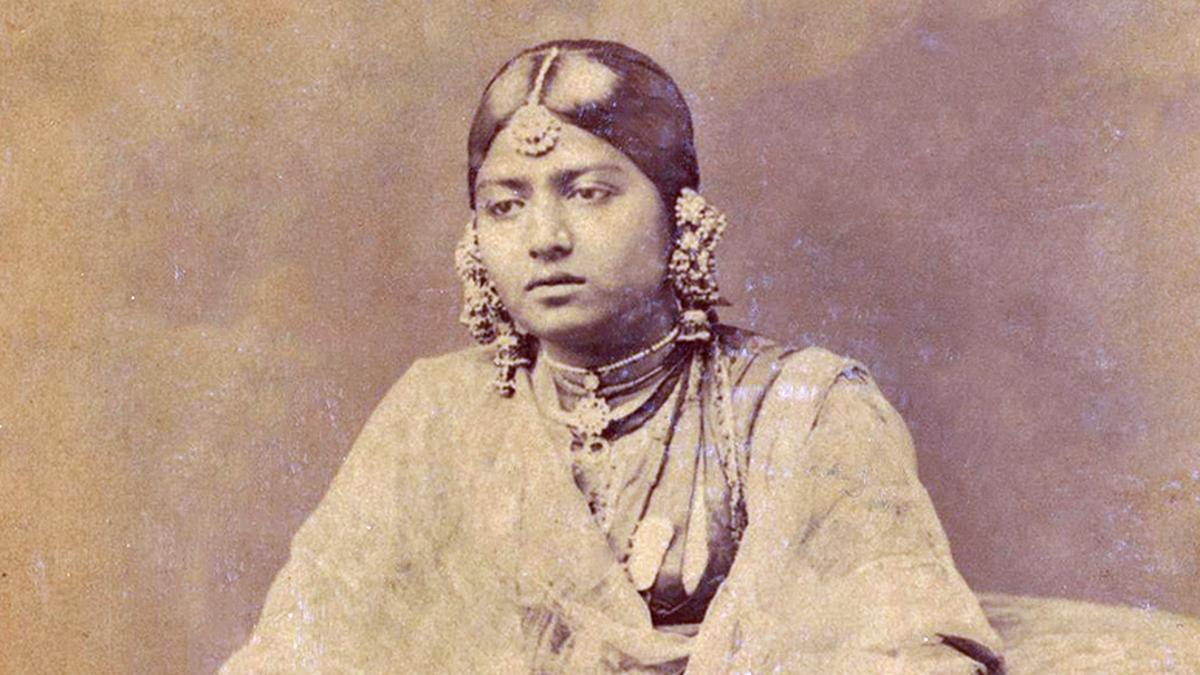When you hear the word tawaif , a mental image may emerge of a supple, pretty dance-girl who is trying to fascinate her clients through her clever movements and facial expressions. Her world, however, has not been confined to this alone. She not only managed her place, called kotha , but also kept herself focussed on her trade while pursuing new heights of traditional art.
The dance-girl has been part of a long history right since the mythological period when the nartaki or dancer performed to the music of the gandharvas and was called apsara . It was Menaka, an apsara , who broke sage Vishwamitra’s penance at the insistence of Indra. The Vedas, Upanishads and Puranas too speak of ‘Nritya’ in many places, when it was associated with spiritual value.

Lord Rama was welcomed home from exile with a dance by ganikas . In the recorded ancient period, the nartaki has adorned cultural events in temples and royal courts, and she enjoyed an elite status. She was an important entity in South India in temple and royal functions and festivals.
During the Delhi Sultanate and Mughal periods, her excellence and high social status continued right until the 1857 uprising, with some prohibitions by some rulers. The nawabs, courtiers and the elite sent their wards to tawaifs for training in adab , tehzeeb and nafasat (manners, etiquette and disposition). Thus, she played a vital role in society.
She was a source of power in the courts of the Mughals and nawabs, and several political decisi.
















